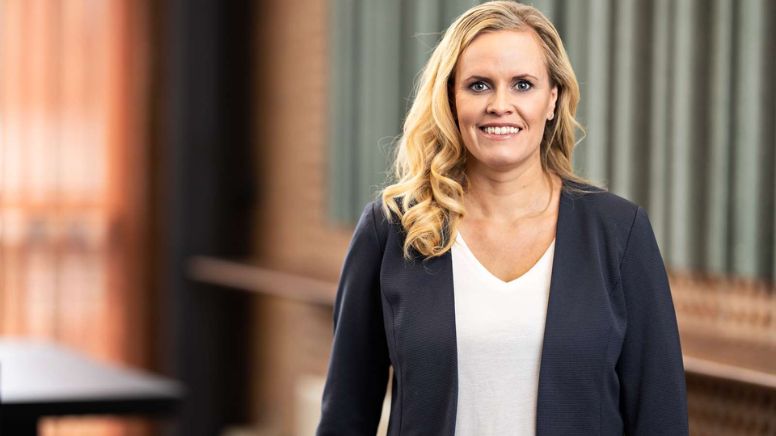Has your union representative made a difference for you and your colleagues? Then you can say thank you by nominating them for the Union Representative of the Year award.
News
Ditch local hospitals and invest in healthcare technology

There is a need for a thorough clean-up of the financial and legal barriers that stand in the way of introducing more health technology and AI solutions throughout the health field - from hospitals to home care.
Instead, IDA sees enormous potential in technology for solving some of the massive challenges facing the healthcare system in the coming years - from staff shortages to an increasing number of elderly people requiring treatment.
"The healthcare system is challenged from several sides. Therefore, we have to think in terms of intelligent solutions and implement the best of them in close cooperation with the healthcare staff for the benefit of both employees and patients. But it requires better coordination than today, and that we prioritize time, space and investments to put new technologies into use", says Laura Klitgaard, President of IDA.
Ditch the smaller, local hospitals
In a new proposal, IDA therefore calls for scrapping the plans to spend four billion Danish kroner on building local hospitals,. Instead, the money should be used to invest in new technological solutions and outgoing health teams.
At the same time, there should be an end to the restrictive budget ceilings in regions and municipalities when it comes to investment in technology that improves service, health and treatment. This must be done by introducing a completely new technology budget alongside the traditional construction and operating budgets.
"We must prioritize the health technology solutions that can relieve the health staff and ensure better treatment. There is rapid development within, for example, AI and telemedicine, which can give a colossal boost in many fields. Proximity can also mean mobile health teams and good virtual solutions that give citizens easy access to help and advice", says Laura Klitgaard.
She emphasizes that there are numerous examples that technology can save lives, ensure faster diagnoses and create a better daily life for health professionals for the benefit of patients and society. This applies both to the use of AI for scans, diagnostics and cancer treatment and to more down-to-earth solutions such as patient monitoring and self-driving robots.
Kills innovation
In the local healthcare system, AI can assist practitioners in supporting healthcare assessments and remotely reading health data from discharged patients.
"Fortunately, we have a healthcare system with thousands of skilled and innovative employees who already today contribute to developing new technological aids. But there are a number of administrative and financial barriers that kill innovation and block the implementation of new technological solutions. We need to streamline the path from the laboratory to commercial use", says Laura Klitgaard.
IDA has drawn inspiration from an advisory board of health experts to compile a catalog of 13 recommendations.
One of the prerequisites for speeding up development is the creation of a national center for welfare and health technologies, which can ensure a faster approval and implementation of the technologies that have a proven effect and can release manpower.
Digital rights for citizens
Correspondingly, a legal competence center must be established which can clean up the disparate interpretations of legislation both locally and regionally, which often hinder the spread of new technology within health and welfare. This applies, for example, to the responsible use of health data.
IDA also recommends introducing a digital right for citizens to choose digital health services in the form of, for example, virtual meetings, disease monitoring in their own home and screen meetings with home care. It may also include the right as a patient to be offered artificial intelligence (AI) as a supplement to the medical assessment.
"We see great opportunities in citizens and patients being given the right to receive investigations, treatment and rehabilitation in their own homes. It can remedy the lack of resources in a crowded healthcare system, just as it can save patients and relatives from traveling to and from the hospital", says Laura Klitgaard.
The 13 recommendations are collected in a catalogue , which has been handed over to relevant ministers as well as regions and Local Government Denmark (KL).